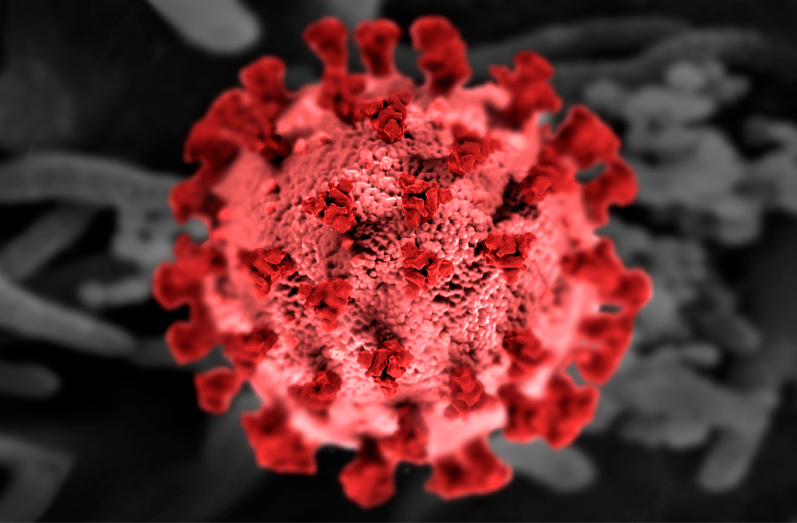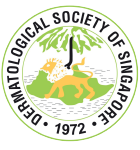Skin manifestations of COVID-19: A worldwide review

SW Tan, YC Tam, CC Oh. Skin manifestations of COVID-19: A worldwide review, JAAD International, Volume 2, 2021, 119-133
Reviewed by Dr Choon Chiat OH, Singapore General Hospital
This article was a systematic review of articles describing cutaneous symptoms associated with COVID-19 infection around the world. The authors searched all related published articles via PubMed, OVID, EMBASE, MEDLINE, and Google Scholar for original and review articles written in English and published from November 11,2019, to September 30, 2020. They summarized the findings of 51 articles in this review, of which 27 were case series and 24 were case reports. A total of 1211 patients were described in these articles.
The authors identified 5 skin lesions common in patients with COVID-19: pseudo-chilblains, rashes containing macules and papules, and urticarial, vesicular, and vaso-occlusive lesions. These lesions manifested at various times in relation to the COVID-19 symptoms, which may indicate whether the lesions are virus-induced or are delayed immunological responses to the infection. Of note, patients with vaso-occlusive lesions were more likely than those with pseudo-chilblains to be admitted to the intensive care unit and to die.
There were demographic differences in the prevalence and the morphology of the skin manifestations in COVID-19. Of the 1211 patients with COVID-19 associated skin manifestations, only 39 (3.1%) patients were from Asian populations and 1172 (96.9%) patients were from Europe and the United States. Pseudo-chilblains were the most common COVID-19 related skin manifestations among Europeans and United States residents, but there was only 1 reported case from Asia. A summary of the findings is summarized in Table III of the article (shown below).
The limitations highlighted in this study include: many of the included studies were case reports/ studies with small sample sizes; and not all the included subjects had COVID-19 confirmatory tests because of the limited resources in certain regions. In addition, the difference between the prevalence of cutaneous manifestations in Europeans and United States residents compared with Asians could be attributable to underreporting in Asian countries.
The authors concluded by highlighting that the polymorphous cutaneous manifestations in patients with COVID-19 infection could potentially reflect a full spectrum of viral interactions with the skin, characterized by direct viral action in infected cells, immune system hyperactivity, and hypercoagulability. Future studies with better scientific documentation would help elucidate the pathophysiologic features and the prognostic factors of the cutaneous manifestations in COVID-19.















